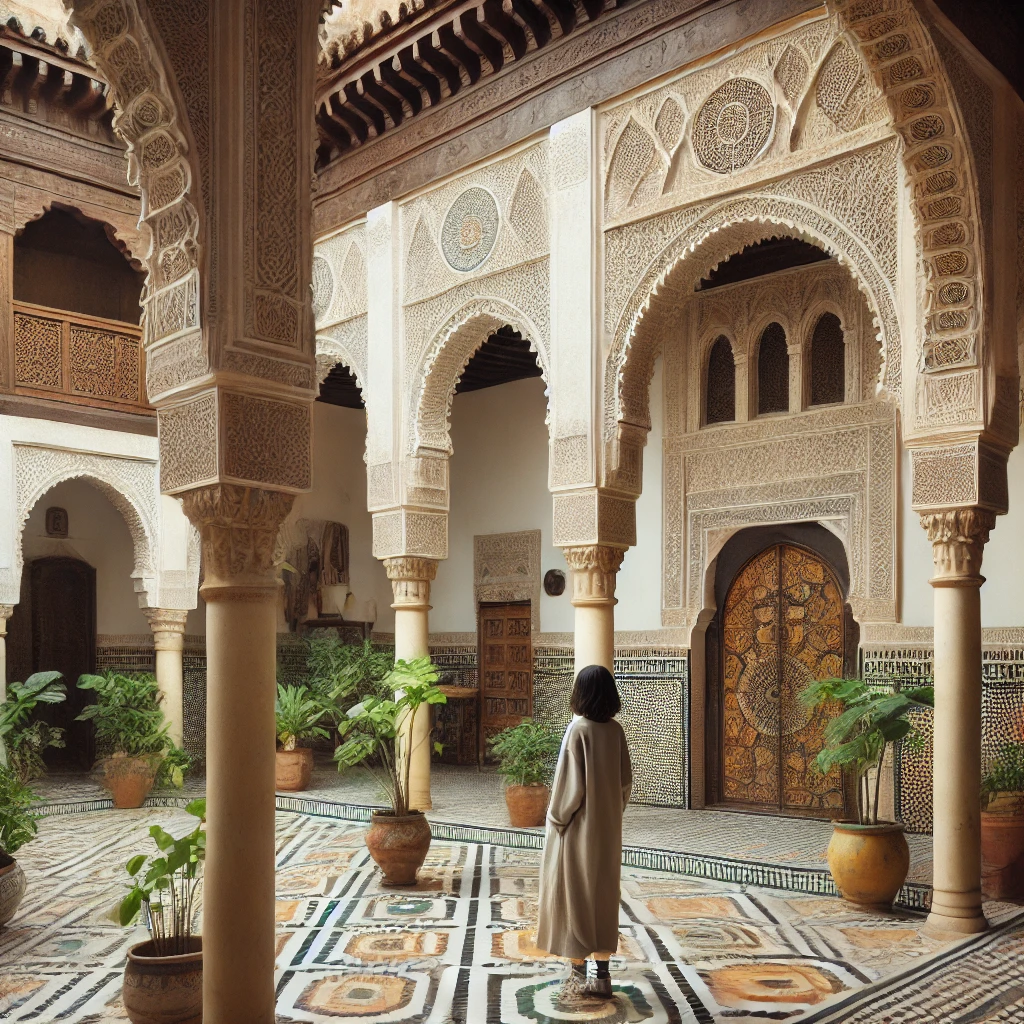ChatGPT:
Rabat, the capital of Morocco, is a city rich in history, blending ancient heritage with modern culture. Situated on the Atlantic Ocean at the mouth of the Bou Regreg River, Rabat has evolved from a fortified settlement to a political and cultural hub.
Origins and Early History
• Prehistoric and Roman Influence: The area around Rabat has been inhabited since prehistoric times. Nearby, the ancient Roman city of Sala Colonia (modern-day Chellah) thrived as a trading post and regional center around the 3rd century BCE.
• Islamic Era: In the 8th century, Arab Muslim forces introduced Islam, shaping the region’s culture and architecture.
Foundation of Rabat
• Rabat was officially founded in 1150 CE by the Almohad dynasty under Abd al-Mu’min, who built the Kasbah of the Udayas as a fortress to protect the area. It served as a base for launching campaigns against Spain.
• The name “Rabat” comes from Ribat al-Fath (translated as “Fortress of Victory”).
Medieval Development
• Under Yaqub al-Mansur (1184–1199), Rabat flourished as a military and religious center. He commissioned the construction of the iconic Hassan Tower, which was intended to be the tallest minaret in the world but remained unfinished after his death.
• After the decline of the Almohads, Rabat became less prominent, and nearby Salé overshadowed it as a trade and piracy hub.
Modern History and Growth
• In the 17th century, Rabat and Salé became a haven for Moriscos (Muslims expelled from Spain) and developed as pirate republics, controlling maritime trade routes.
• During the French Protectorate (1912–1956), Rabat was chosen as the administrative capital, leading to significant modernization. French architect Henri Prost designed much of the modern city layout, blending European and Moroccan styles.
• After Morocco gained independence in 1956, Rabat remained the capital and became the political, administrative, and diplomatic center of the country.
Contemporary Rabat
Today, Rabat is a UNESCO World Heritage Site, recognized for its historical architecture, including:
• The Kasbah of the Udayas – a fortress with Andalusian gardens and views of the Atlantic.
• The Hassan Tower and Mausoleum of Mohammed V – symbols of Morocco’s royal heritage.
• The Chellah Necropolis – Roman and medieval ruins with Islamic tombs.
Rabat is also a modern metropolis, hosting embassies, cultural institutions, and festivals, such as the Mawazine Music Festival. Despite its urbanization, it retains a relaxed atmosphere compared to other Moroccan cities, making it a blend of history and modernity.
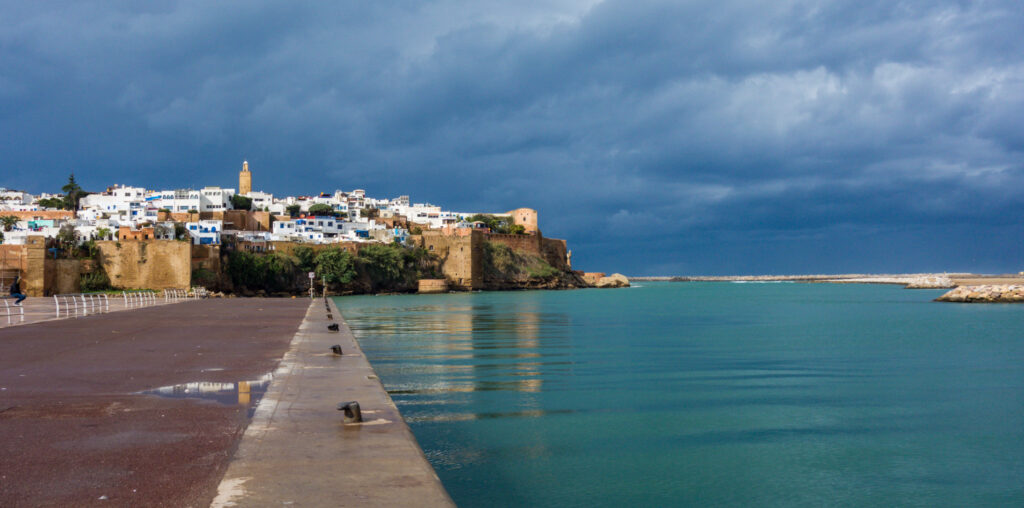
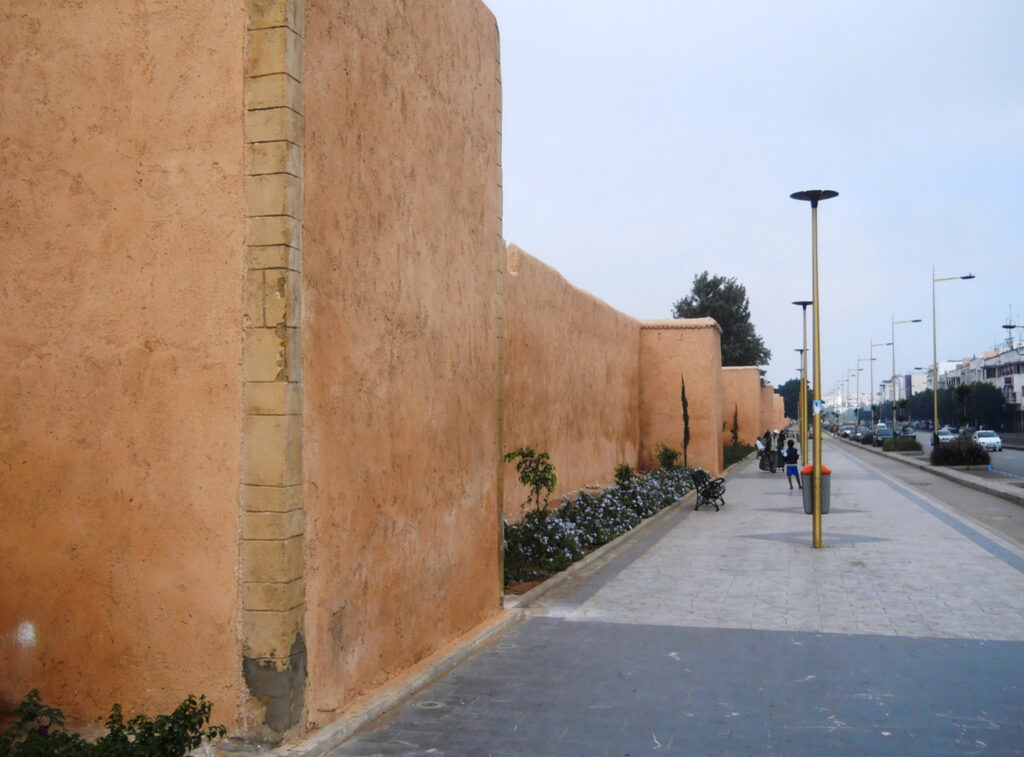
Rabat, Morocco, is home to numerous historical monuments and tourist attractions that reflect its rich history and cultural heritage. Here’s a list of key sites to explore:
Historical Monuments
1. Kasbah of the Udayas (Kasbah des Oudaias)
• A 12th-century fortress built by the Almohads.
• Features Andalusian Gardens, a small museum, and stunning views of the Atlantic Ocean and the Bou Regreg River.
• Recognized as a UNESCO World Heritage Site.
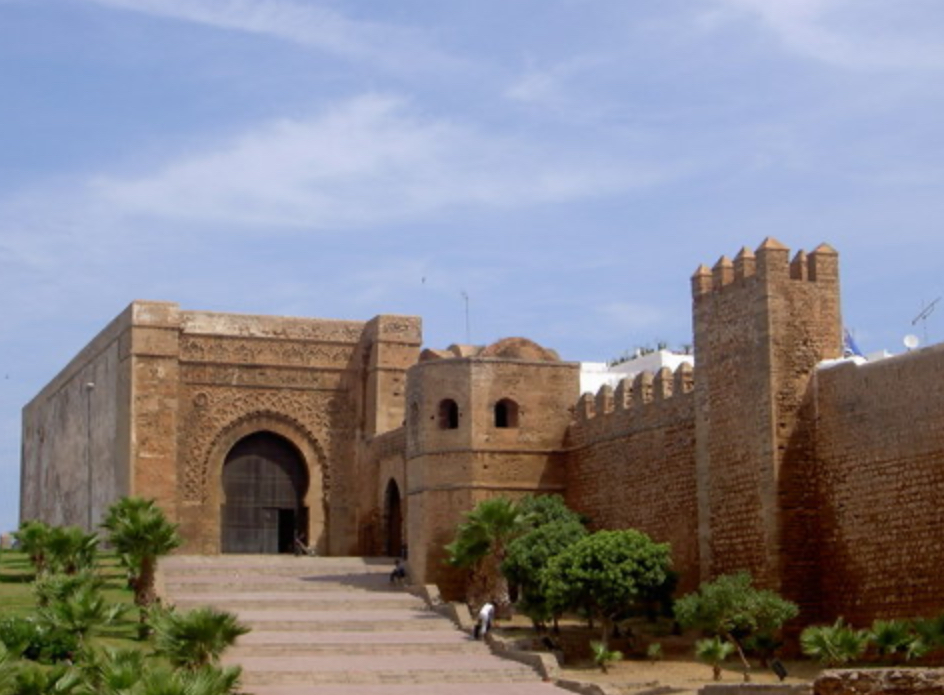
2. Hassan Tower (Tour Hassan)
• An incomplete minaret from the 12th century, intended to be the tallest in the world.
• Built during the reign of Yaqub al-Mansur of the Almohad dynasty.
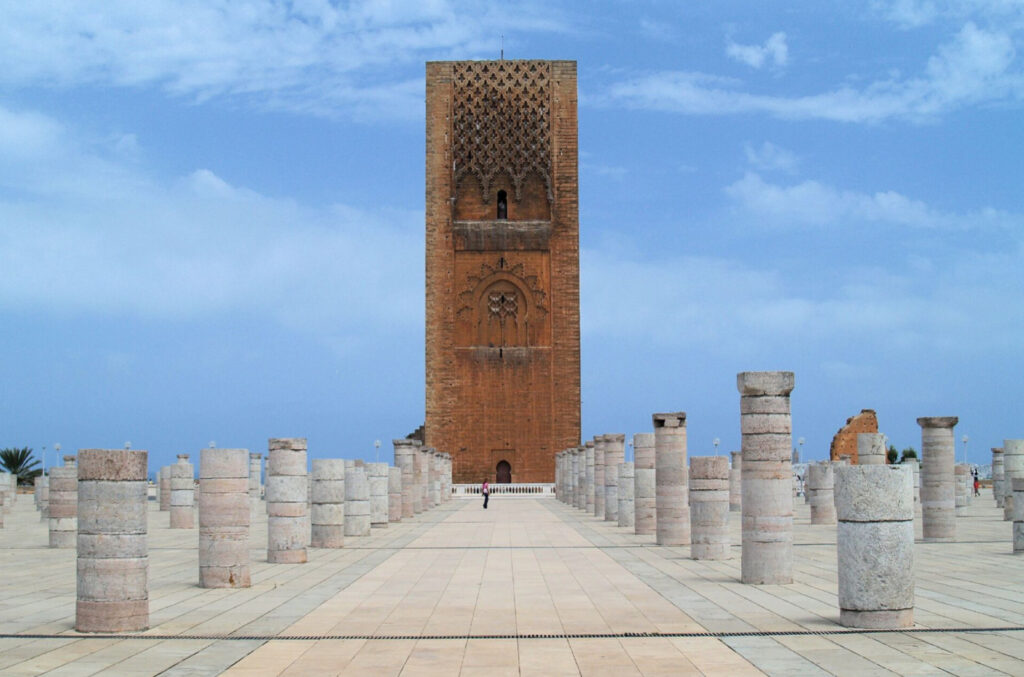
3. Mausoleum of Mohammed V
• Final resting place of King Mohammed V and his sons, King Hassan II and Prince Moulay Abdallah.
• Features stunning white marble architecture with intricate zellige tilework and carved ceilings.
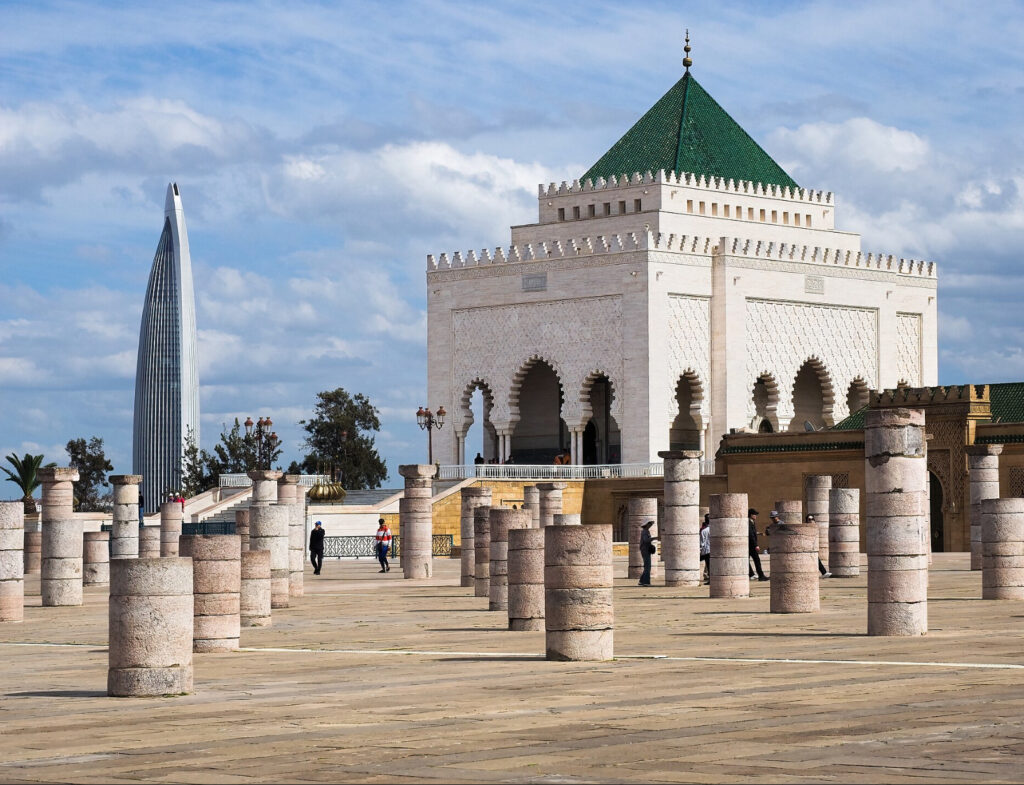
4. Chellah Necropolis
• Ancient Roman ruins (formerly Sala Colonia) later converted into an Islamic burial site in the 14th century by the Marinid dynasty.
• Includes Roman baths, Islamic tombs, and a mosque.
• Surrounded by lush gardens and frequented by storks.
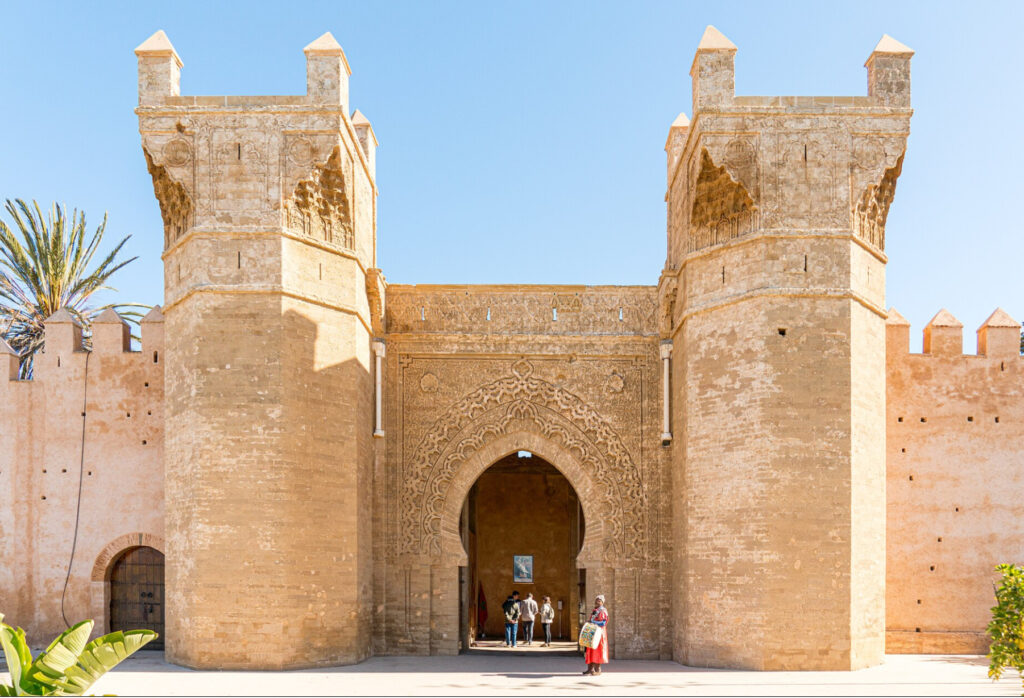
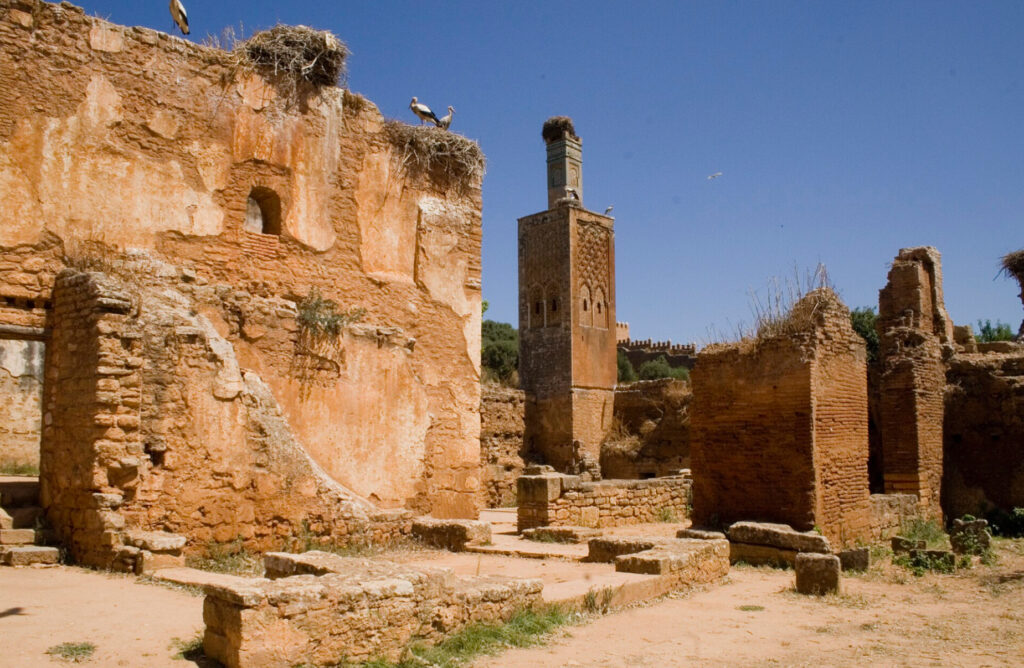
5. Royal Palace of Rabat (Dar al-Makhzen)
• Official residence of the King of Morocco.
• Built in 1864 and surrounded by impressive gardens and walls.
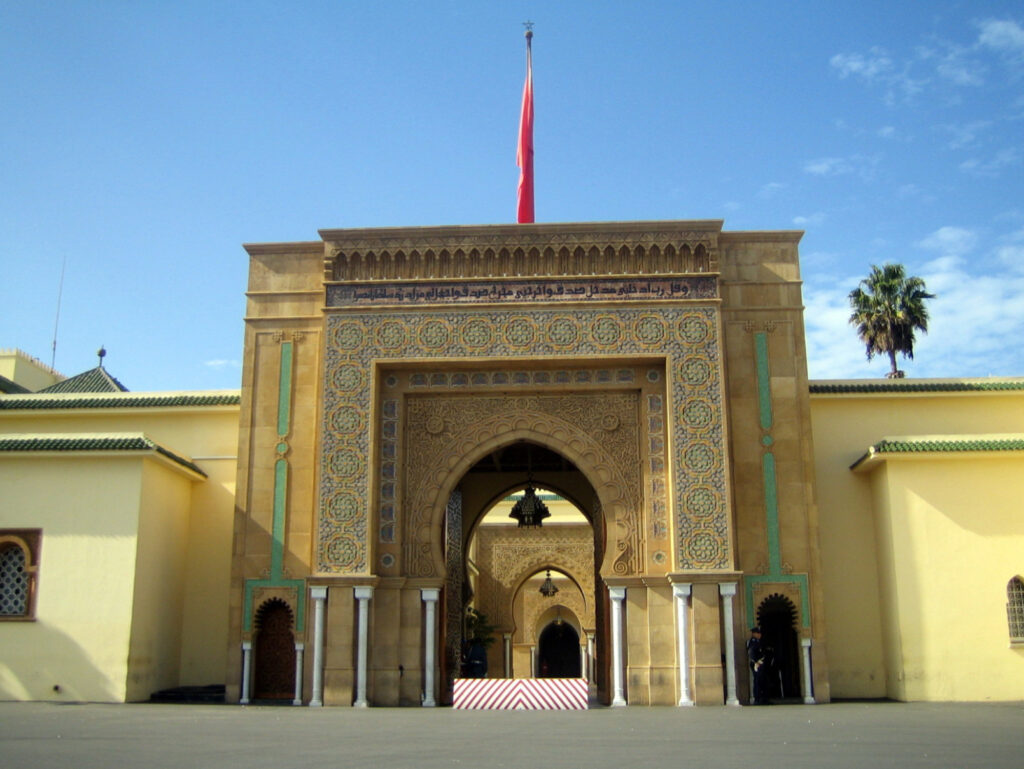
Tourist Attractions
6. Medina of Rabat
• A lively old town with narrow alleys, traditional shops, and markets.
• Known for local crafts, rugs, and leather goods.
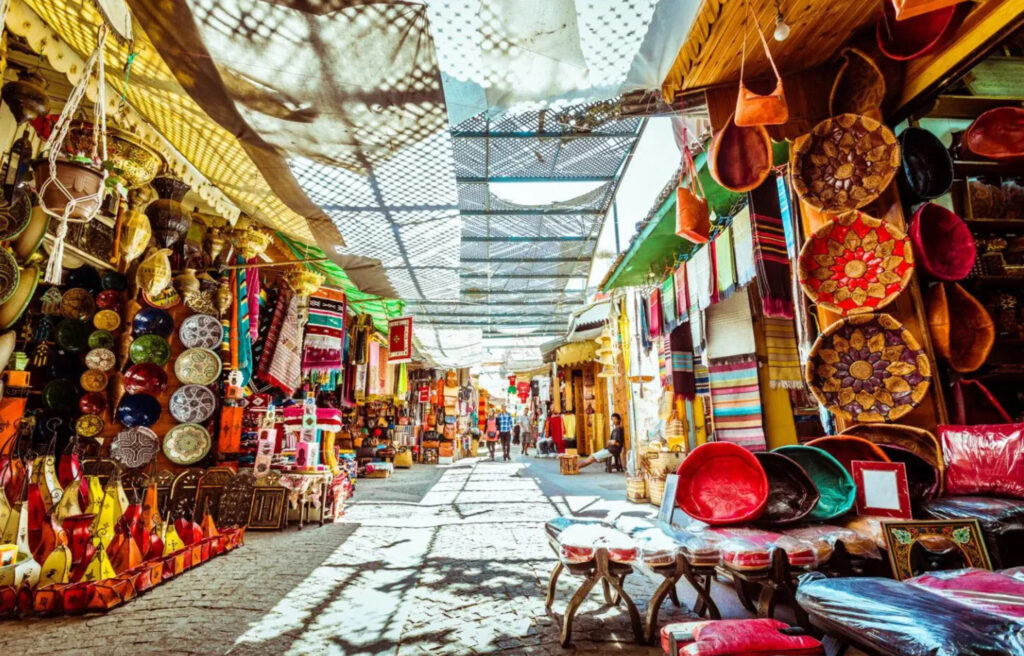
7. Rabat Archaeological Museum (Musée Archéologique)
• Houses artifacts from prehistoric, Roman, and Islamic periods.
• Displays jewelry, sculptures, and tools found in Moroccan archaeological sites.
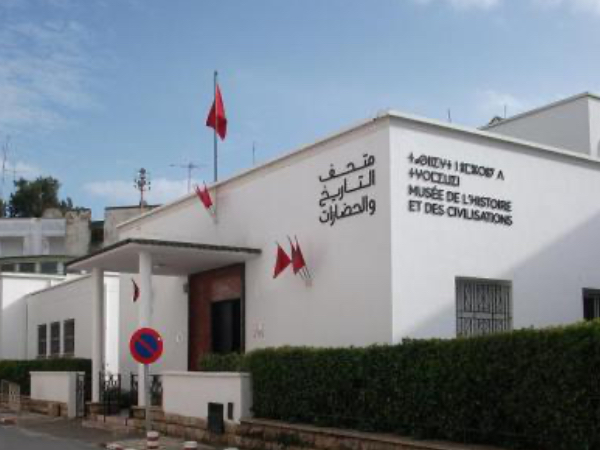
8. Mohammed VI Museum of Modern and Contemporary Art (MMVI)
• Showcases Moroccan and international contemporary art.
• Modern architecture and rotating exhibitions.
9. Bouregreg Marina
• A modern waterfront area with restaurants, cafés, and boat tours.
• Offers views of the Kasbah of the Udayas and Salé across the river.
10. Jardin d’Essais Botaniques
• A botanical garden established in 1914 during the French Protectorate.
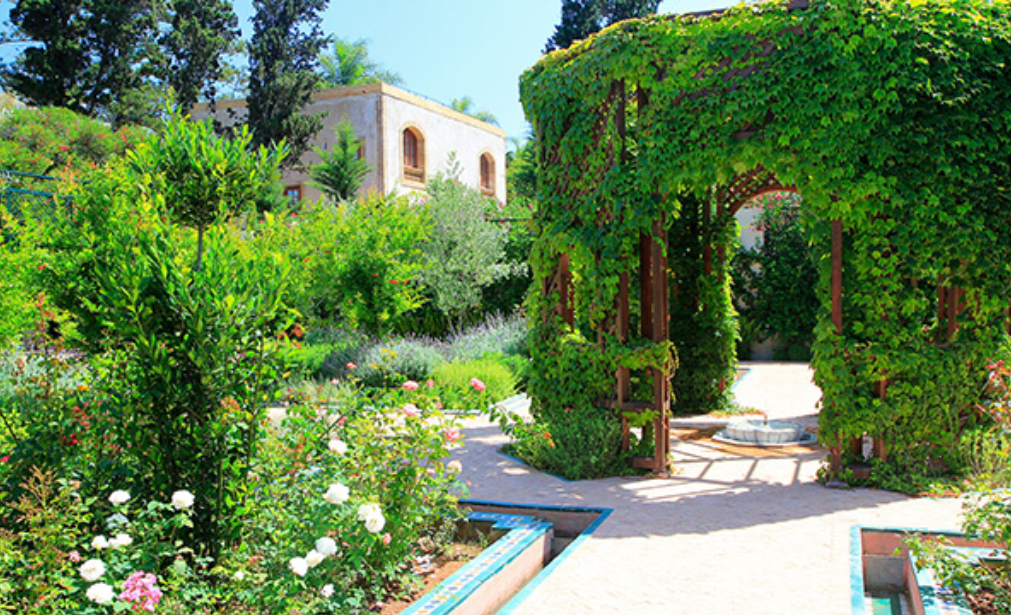
11. Plage de Rabat (Rabat Beach)
• Located near the Kasbah, it’s a popular spot for locals and tourists, offering ocean views and sunsets.
12. Andalusian Gardens
• Located inside the Kasbah of the Udayas.
13. St. Peter’s Cathedral (Cathédrale Saint-Pierre)
• Built in 1921 during the French colonial era.
• An example of Art Deco architecture and still used for Christian services.
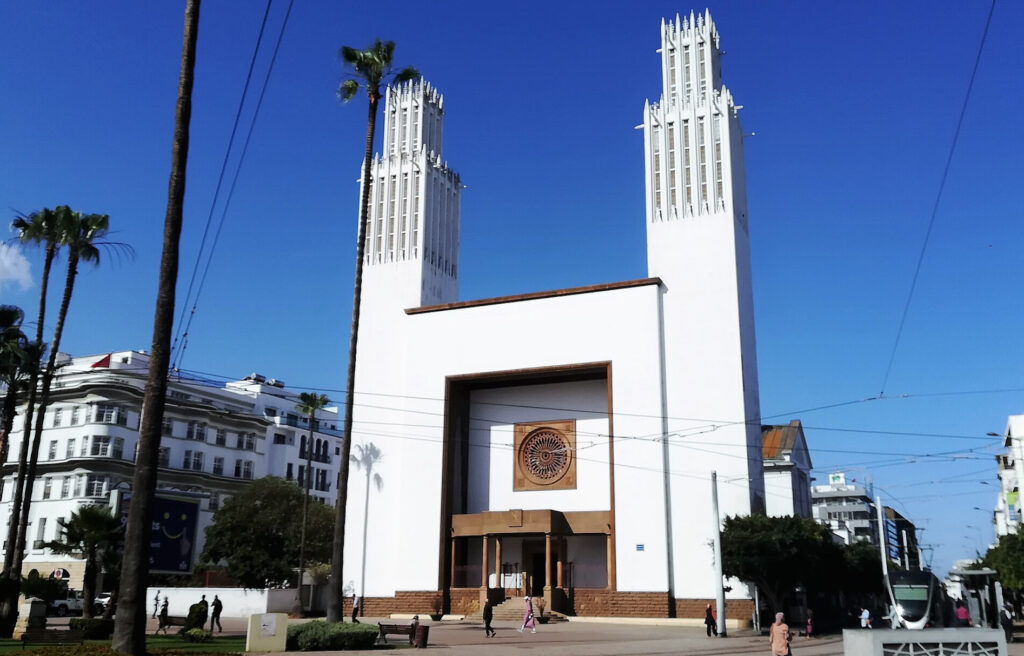
14. Villa des Arts
• A cultural center and art gallery hosting exhibitions and performances.
• Focuses on Moroccan artists and cultural preservation.
Rabat’s combination of historical landmarks, modern attractions, and coastal charm makes it a must-visit destination in Morocco.
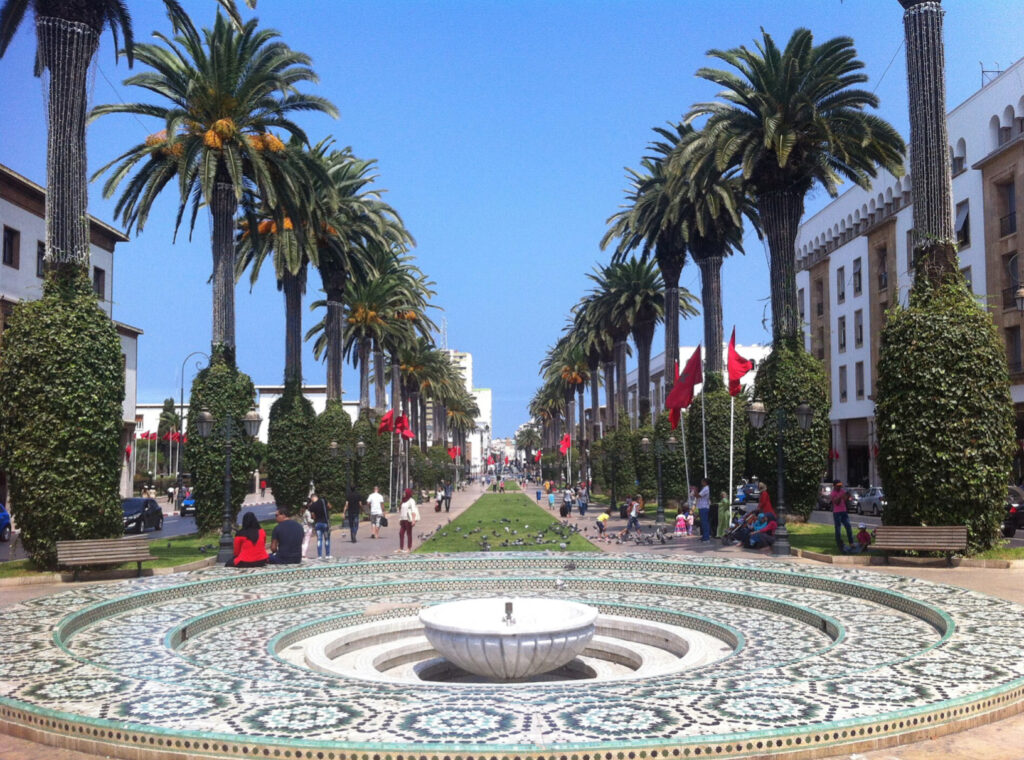
Moroccan architecture and craftsmanship in Rabat reflect a blend of Islamic, Andalusian, and Berber influences, shaped by centuries of dynasties and cultural exchanges. The city’s monuments and buildings showcase intricate designs, geometric patterns, and harmonious proportions that emphasize beauty and spirituality.
Key Architectural Features in Rabat
1. Zellige Tilework – Small, hand-cut glazed tiles arranged in elaborate geometric patterns, often seen in walls, floors, and fountains.

2. Carved Plaster and Wood – Intricate arabesques and floral motifs decorate ceilings, arches, and walls, symbolizing infinity and divine unity.
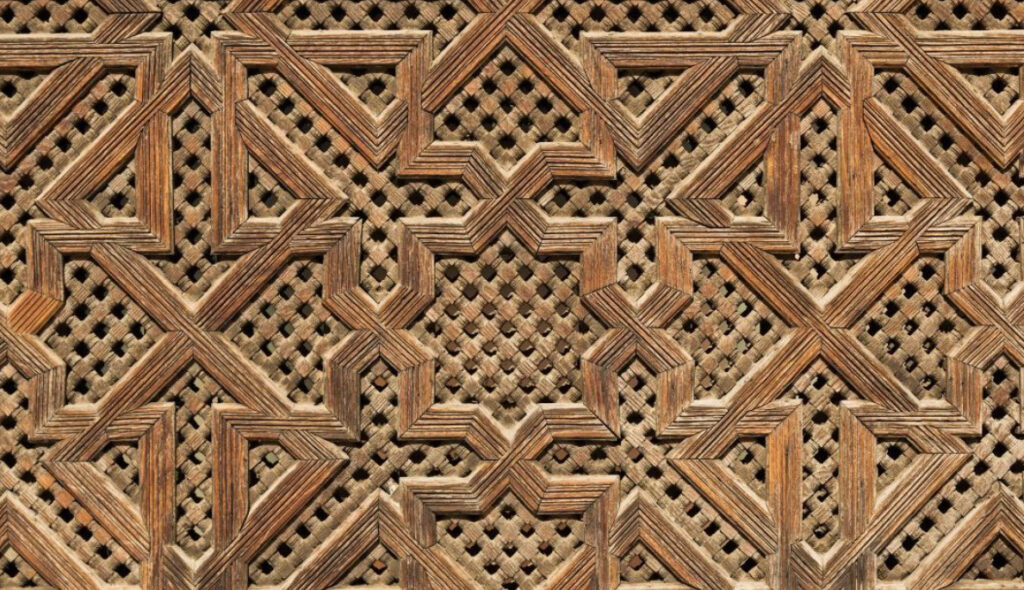
3. Horseshoe Arches and Domes – Iconic Islamic architectural elements used in mosques and palaces, such as the Hassan Tower and Kasbah of the Udayas.
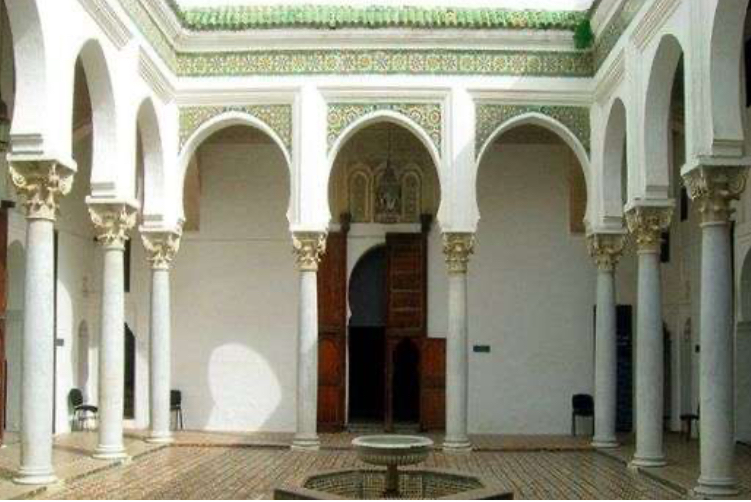
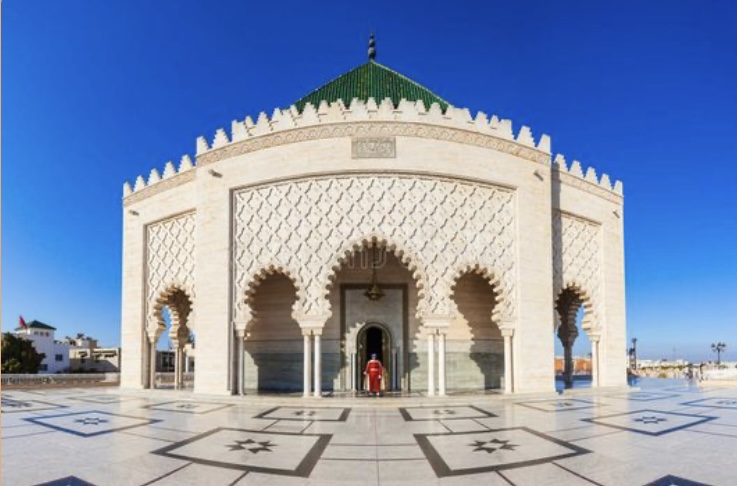
4. Riads and Courtyards – Traditional Moroccan houses with central courtyards, often featuring fountains, mosaics, and lush gardens, as seen in restored palaces and museums.
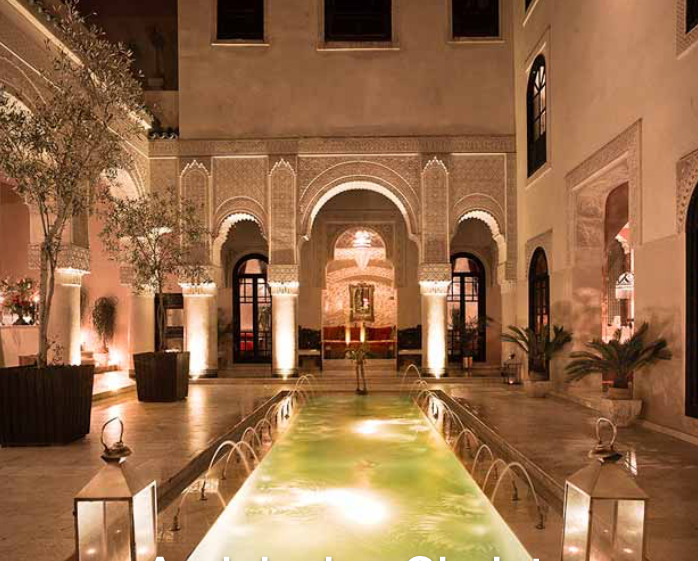
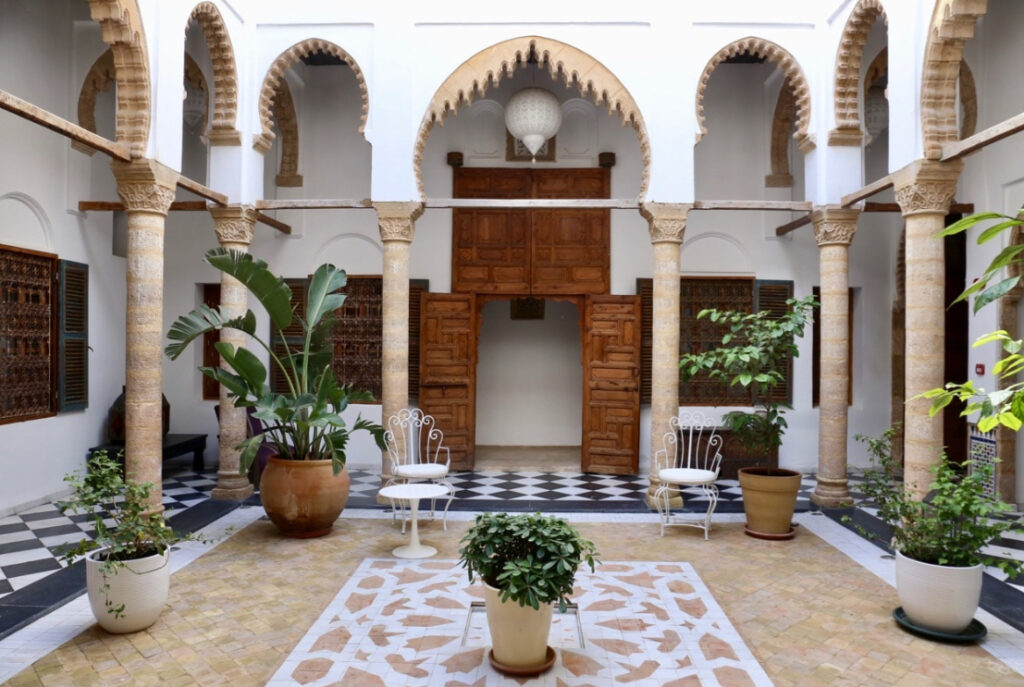
5. Mashrabiya Screens – Wooden latticework used for windows and balconies to create privacy while allowing light and air circulation.
Craftsmanship in Rabat
• Tilework (Zellige) – Artisans create colorful mosaics by hand, a tradition passed down through generations.
• Wood Carving and Joinery – Cedarwood is carved into doors, ceilings, and furniture with remarkable precision.
• Metalwork – Copper, brass, and silver are crafted into lamps, trays, and tea sets, reflecting Moroccan decorative arts.
• Leatherwork – The medina features handmade leather goods, from slippers to bags, produced using traditional tanning methods.
Rabat’s architecture and craftsmanship embody Morocco’s artistic heritage, seamlessly uniting form and function with cultural identity.
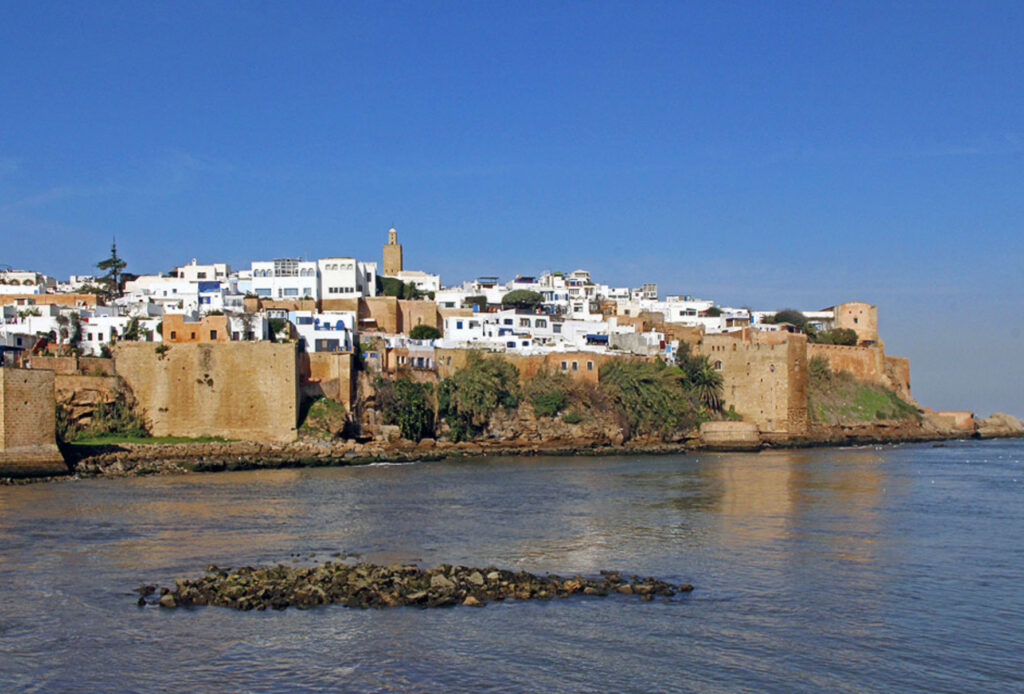
One-Day Itinerary for Visiting Historic Monuments in Rabat
Focus: History, Culture, and Local Food Specialties
Morning
8:30 AM – Breakfast at Dar Rbatia
• Start your day at this traditional Moroccan restaurant set in a restored riad.
• Enjoy a classic Moroccan breakfast:
• Msmen (flaky pancakes) with honey and jam.
• Khlii (preserved meat) with eggs.
• Fresh mint tea or café noir.
9:30 AM – Kasbah of the Udayas (Kasbah des Oudaias)
• Explore this 12th-century fortress with narrow blue-and-white streets reminiscent of Chefchaouen.
• Visit the Andalusian Gardens for a peaceful stroll.
• Enjoy panoramic views of the Atlantic Ocean and Bou Regreg River.
• Stop at the Oudaias Museum to admire traditional Moroccan art and jewelry.
11:00 AM – Hassan Tower and Mausoleum of Mohammed V
• Walk to the Hassan Tower, the unfinished minaret of a grand mosque from the 12th century.
• Visit the Mausoleum of Mohammed V, a stunning example of Moroccan architecture, with intricate zellige tilework and carved wood ceilings.
Afternoon
12:30 PM – Lunch at Le Dhow (floating restaurant on the river)
• Relax with views of the Bou Regreg Marina.
• Sample local dishes:
• Harira (traditional Moroccan soup).
• Tagine of lamb with prunes or chicken with preserved lemons and olives.
• Pastilla (savory-sweet pie filled with pigeon or chicken).
2:00 PM – Chellah Necropolis (UNESCO Site)
• Explore this ancient site featuring Roman ruins and Islamic tombs.
• Wander through the gardens filled with storks and olive trees.
• Observe remnants of Roman baths and a mosque from the Marinid dynasty.
3:30 PM – Medina of Rabat (Old Town)
• Stroll through the souks for traditional crafts, ceramics, and rugs.
• Try chebakia (honey-coated sesame cookies) from street vendors.
• Stop for Moroccan mint tea at a local café.
Evening
6:00 PM – Sunset Walk at Bouregreg Marina
• Enjoy views of the river, Kasbah, and city skyline as the sun sets.
• Opt for a boat ride across to Salé if time allows.
7:30 PM – Dinner at Dinarjat (Elegant Moroccan Restaurant)
• End your day with an authentic Moroccan dining experience in a traditional riad setting.
• Recommended dishes:
• Mechoui (slow-roasted lamb).
• Couscous with vegetables and lamb stew.
• Desserts like orange slices with cinnamon or pastilla au lait (milk pastry).
Optional Nightcap (9:30 PM)
• If time permits, unwind at Café Maure near the Kasbah, overlooking the river, for one last mint tea or Moroccan pastries before ending your day.
This itinerary blends history and culture with Moroccan culinary delights, ensuring an enriching experience in Rabat.
